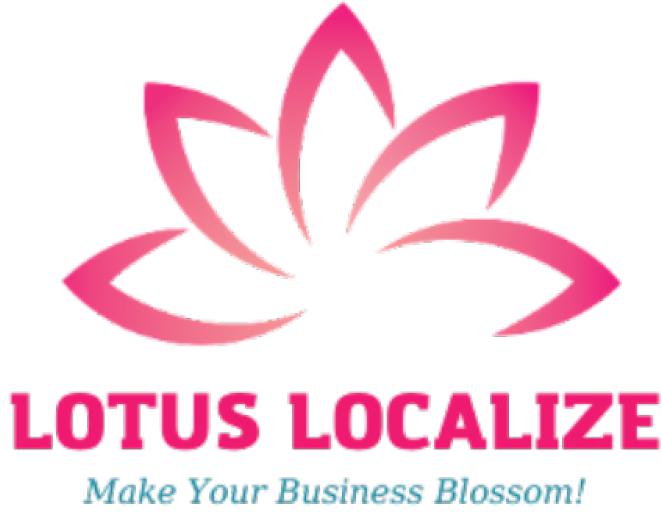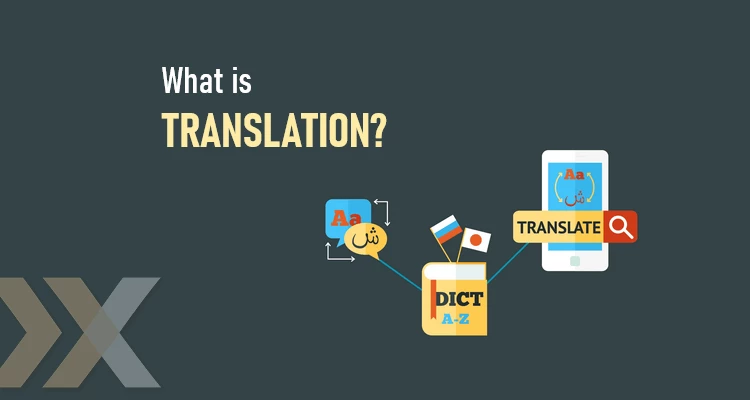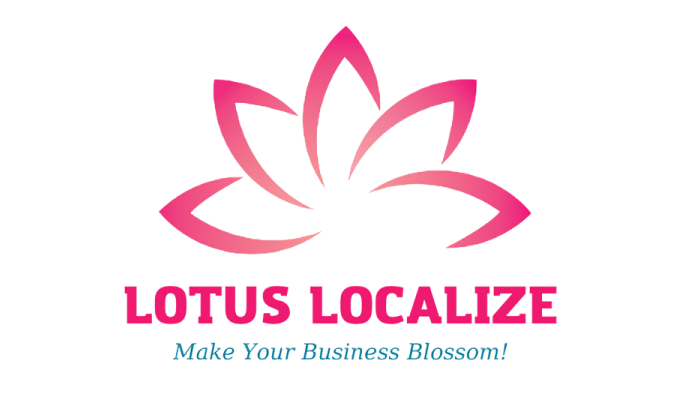
How civil engineering translation supports global construction success
In today’s interconnected world, construction and infrastructure projects frequently span borders, languages, and regulatory frameworks. As a result, civil engineering translation has become an indispensable component of global project management. Whether it’s for government tenders, multinational joint ventures, or cross-border design-build contracts, accurate translation can be the bridge that holds a project together—or the weak link that causes delays and costly errors.
This article provides a practical look at civil engineering translation: what it is, who needs it, what can go wrong without it, and how to make it work effectively in real-world construction scenarios.
What is civil engineering translation and who needs it?
Civil engineering translation is the specialized process of converting technical documents, blueprints, and reports from one language to another, while maintaining engineering accuracy and compliance. It’s not just about replacing words—it’s about preserving the integrity of highly detailed, often safety-critical, information.

Who needs it?
Civil engineering translation isn’t just for large-scale projects—it’s essential wherever technical accuracy meets global collaboration. Here are the key players who rely on it:
- Construction companies bidding on international tenders
- Civil and structural engineering firms expanding to new markets
- Government agencies contracting foreign partners
- Engineering consultancy firms handling cross-border infrastructure
- Language service providers (LSPs) supporting technical fields
Common documents requiring translation
Rather than isolated text, civil engineering involves a wide variety of complex documents:
- AutoCAD and Revit drawings
- Geotechnical and hydrological reports
- Material and structural specifications
- Construction safety document translation for manuals and procedures
- Environmental and legal compliance reports
- Tender packages and bidding forms
This is the heart of engineering document translation—a field where clarity equals safety and compliance.
Read more: How engineering specifications translation ensures accuracy and compliance in global projects
How civil engineering translation supports international projects
Translation is more than a technical step—it’s a project enabler. In large-scale, multilingual construction projects, it plays a strategic role in:
Enhancing global collaboration
Cross-border engineering projects often involve diverse teams speaking different languages. Whether it’s designers, contractors, or regulatory bodies, effective collaboration relies on a shared understanding—made possible through accurate civil engineering translation.

Meeting local compliance requirements
Each country has unique construction regulations. Infrastructure project localization ensures all translated content aligns with national standards and legal frameworks.
Avoiding disputes and delays
Clear multilingual documentation reduces misinterpretation risks in contracts, schedules, and specifications—especially when working with subcontractors abroad.
In short, civil engineering translation acts as the backbone of international construction success—bridging technical accuracy, legal clarity, and cross-cultural communication at every stage of the project.
Real-life challenges in civil engineering translation
Translating civil engineering content isn’t just linguistically demanding—it’s technically risky. Here are some real-life challenges:
Terminology inconsistency
Different countries use different engineering terms, even in the same language. For example, “formwork” in the UK may be called “shuttering” in India. Such inconsistencies can confuse local contractors or regulators.
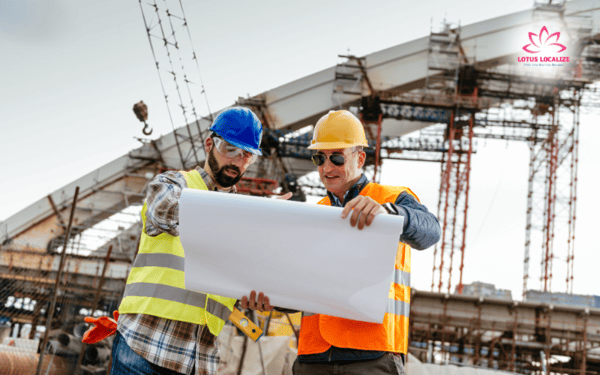
Unit systems and measurement conversions
Most translation errors in construction arise from improper conversion between metric and imperial units. A small numerical mistake can become a costly—or dangerous—construction flaw.
Cultural and regulatory differences
What’s acceptable in one region might violate codes in another. For instance, translation for engineering tenders must comply with local procurement laws, document formatting standards, and submission guidelines.
These challenges highlight why civil engineering translation requires more than language skills—it demands technical awareness, cultural sensitivity, and industry-specific expertise to ensure nothing gets lost between the lines.
Read more: Consumer electronics translation that drives global usability and growth
What makes a good civil engineering translator?
Not every translator is equipped to handle civil engineering texts. These documents demand a unique mix of linguistic precision and engineering expertise.
Engineering background
The best translators are often former civil engineers or individuals with formal technical training. This background ensures correct interpretation of structural systems, material behavior, and design logic.

Software fluency
A professional must work comfortably with:
- AutoCAD, Revit, and other BIM tools
- PDF markup systems and DWG viewers
- Translation memory tools that ensure terminology consistency
This is where BIM and CAD translation services come into play—ensuring the format and intent of designs are preserved through multilingual layers.
Knowledge of building codes and standards
A translator must understand local and international codes (e.g., Eurocode, ASTM, AASHTO), to ensure the documents remain valid across borders.
Certification and trustworthiness
Working with certified technical translators ensures confidentiality and regulatory compliance—especially vital for government projects or public infrastructure.
Why machine translation is not enough in civil engineering translation
Some companies are tempted to run their engineering texts through Google Translate or AI tools. But here’s why that’s a critical error.
- Lack of context: AI can’t tell whether “bearing” refers to a mechanical component, a weight-load structure, or a legal position in a land survey.
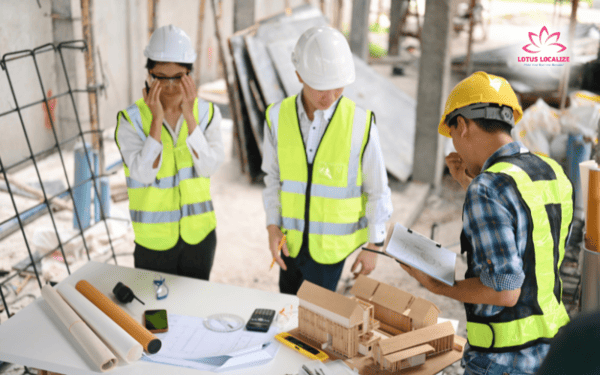
- Inaccurate terminology: One mistranslated word in a foundation plan can create rework worth thousands of dollars—or worse, compromise safety.
- No accountability: Machine tools don’t take responsibility for project failure. That’s why human-led QA in engineering translation is irreplaceable.
How to choose the right civil engineering translation partner
Here are key criteria when selecting a translator or LSP:
✅ Proven experience with similar projects: Ask for case studies in the civil or infrastructure sectors.
✅ Engineering specialization: Ensure they understand how to read drawings, specs, and calculations.

✅ Technical tools and file compatibility: Can they handle .DWG, .PDF, .XLSX, and integrate TM tools?
✅ Native-language quality assurance: A solid team will have both source-language engineers and native-language reviewers to ensure full fluency and accuracy.
Avoid generalist agencies—this is a specialized service. A single mistake can cost not just money, but also reputation and legal penalties.
Civil engineering translation is no longer optional in modern infrastructure development—it’s essential. When technical information crosses borders, it must do so with clarity, precision, and compliance.
From engineering tenders to multilingual construction projects, the right translation partner helps you build more than just structures—they help you build trust, reliability, and global success.
Don’t compromise on safety or quality. Work with certified experts in civil engineering translation to ensure your projects succeed—across languages, countries, and industries.
Choosing a specialized partner like Lotus Localize ensures that your civil engineering documents are translated with both linguistic precision and technical accuracy—giving your teams the confidence to build across borders without miscommunication or compliance risks.
If you have any questions or need assistance with document translation services for many industries: life sciences translation, education translation, technology translation, financial translation, marketing translation, manufacturing translation, government translation,… and interpretation services: escort interpreting, simultaneous interpretation, remote interpretation, and localization services: software localization, game localization, app localization,… please contact Lotus Localize immediately at +84 866 224 968 or visit the website: lotus-localize.com for advice on the best solutions!
QUALITY PROMISE
Lotus Localize offers consistent, high-quality service delivery in all customer engagements. Our in-house translators and staff adhere to well-established business processes, allowing us to communicate properly, deliver on time, and surpass client expectations.
